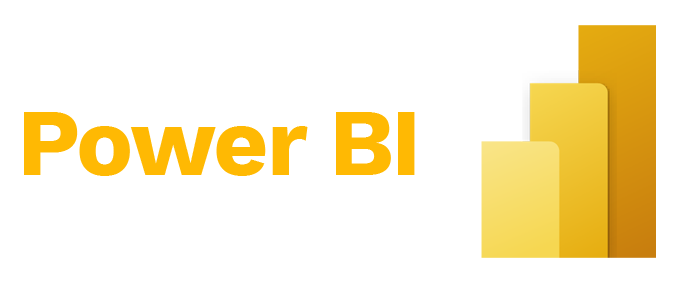1.Data Collection
Gather data from different sources like databases, surveys, and APIs.
2.Data Cleaning
Fix issues in the data, like removing duplicates, filling missing values, and correcting errors.
3.Data Analysis
Use tools and methods to find patterns, trends, and insights in the data.
4.Data Visualization
Create graphs, charts, and dashboards to clearly show the results.
5.Reporting
Share findings and suggestions with stakeholders through reports or presentations.
6.Building Reports and Dashboards
Set up automated reports and dashboards for ongoing data monitoring.
7.Collaboration
Work with different teams (like marketing or product) to help make decisions based on data.
8.Data Interpretation
Turn complex data into clear, actionable insights that help guide business strategies.





































